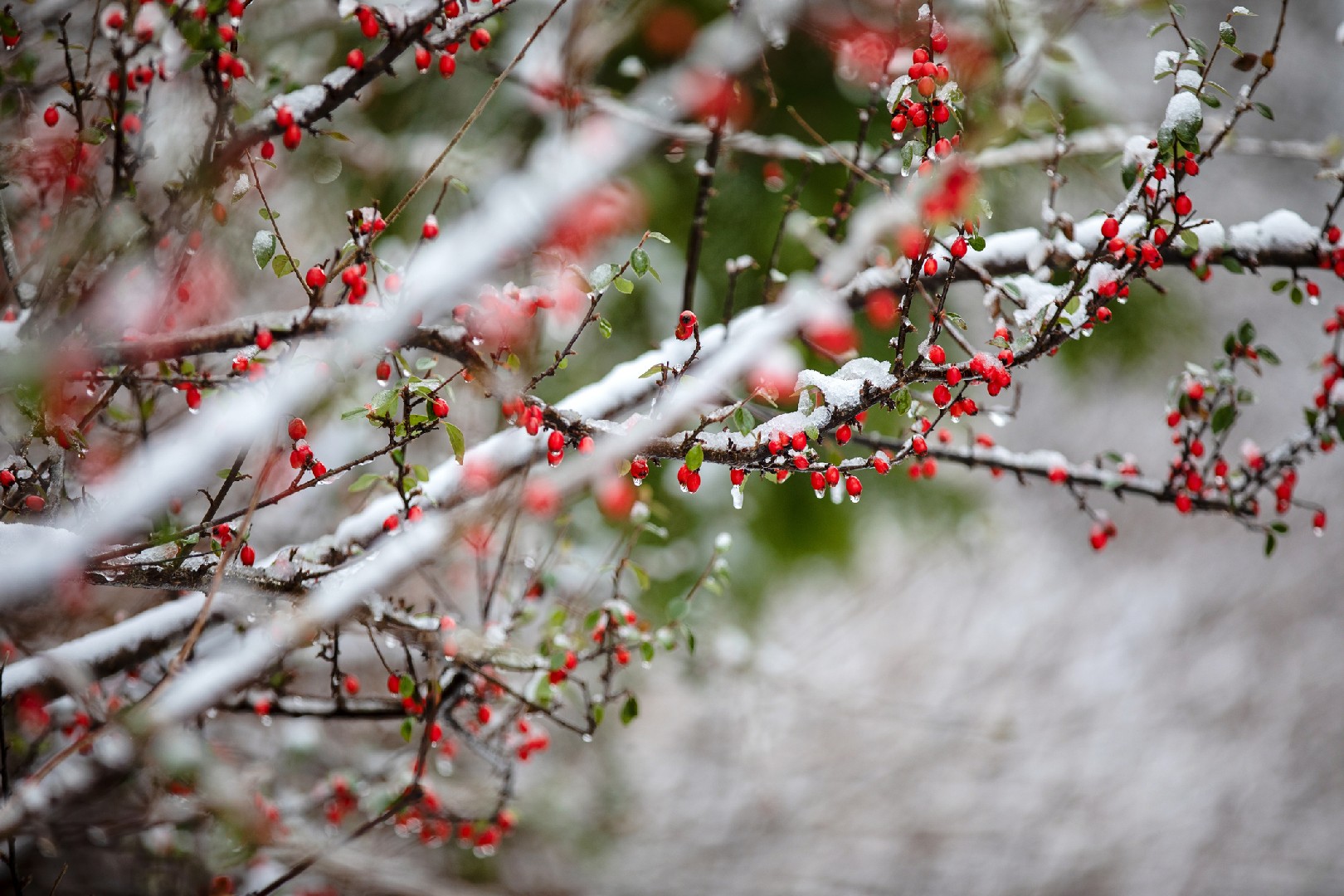![Rectangle]()
Selecting the Perfect Berry Plants for a Winter Garden
One of the most exciting aspects of designing a winter berry garden is choosing the perfect berry plants. These vibrant plants add a burst of color to an otherwise snowy landscape, creating a joyful and enchanting atmosphere. When selecting berry plants for your winter garden, there are a few key factors to consider to ensure a successful and visually stunning display.
First and foremost, it is important to choose winter berry plants that are suitable for your specific climate and hardiness zone. This will ensure that they can withstand the cold temperatures and harsh conditions of winter. Some popular winter berry plants include holly, cotoneaster, winterberry holly, and pyracantha. These plants come in a variety of colors, including red, orange, and yellow, which can create a striking contrast against the white snow.
In addition to color, consider the size and care requirements of the berry plants. Some species, like holly, can grow quite large and may require regular pruning to maintain their desired shape. On the other hand, winterberry holly is a smaller shrub that is known for its abundant clusters of bright red berries. Understanding the size and care needs of different berry plants will help you select the ones that are best suited for your garden.
Another important aspect to consider when choosing berry plants is their berry ripening times. To ensure continued color throughout the season, it is recommended to select plants with different ripening times. This way, you will have a constant display of colorful berries from early winter to late winter. For example, holly berries ripen in early winter, while winterberry holly berries ripen in late winter. By carefully selecting plants with different ripening times, you can enjoy a prolonged period of vibrant colors in your garden.
Finally, take into account the specific conditions of your garden, such as sunlight and shade levels. Some berry plants, like winterberry holly, prefer full sun, while others, like cotoneaster, can tolerate partial shade. Assessing the amount of sunlight your garden receives throughout the day will help you choose berry plants that will thrive in your specific environment.
In conclusion, selecting the perfect berry plants for a winter garden is a crucial step in creating a captivating and joyful landscape. By considering factors such as hardiness zone, color, size, care requirements, berry ripening times, and garden conditions, you can create a stunning display of vibrant berries that will brighten up your snowy landscape. Don't be afraid to mix and match different berry plants to create a visually striking and dynamic winter garden that will bring you joy throughout the season.





